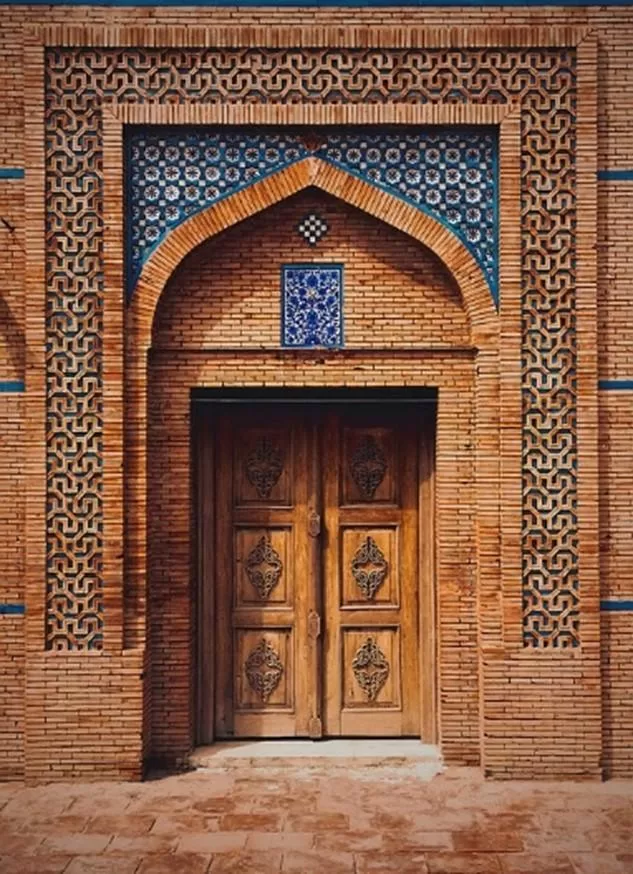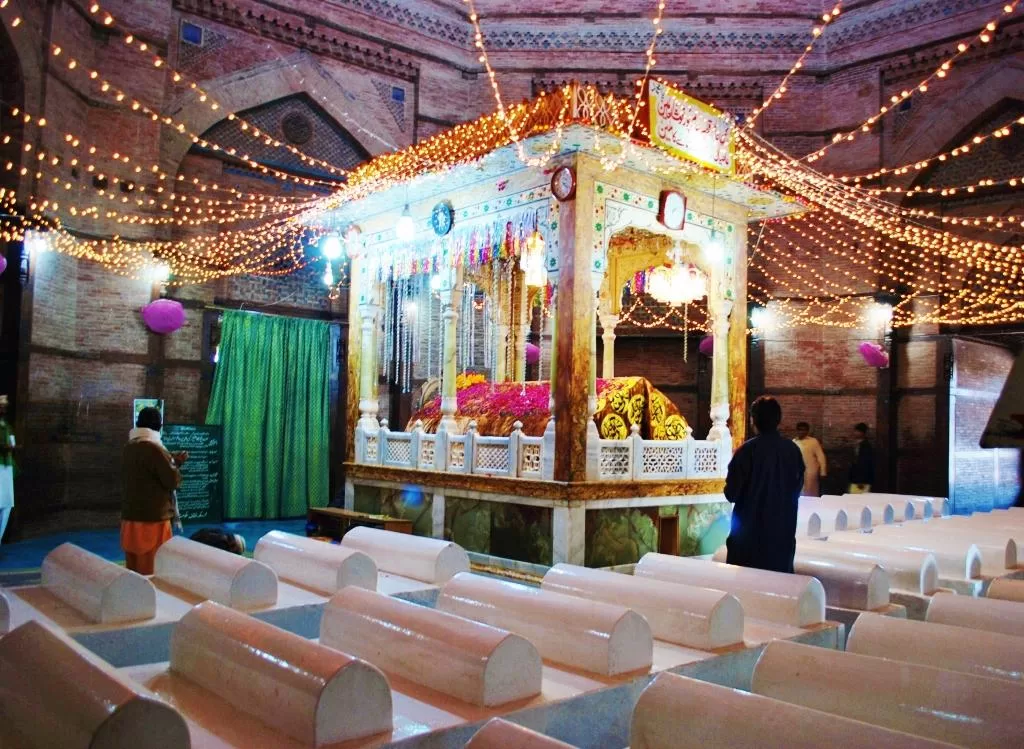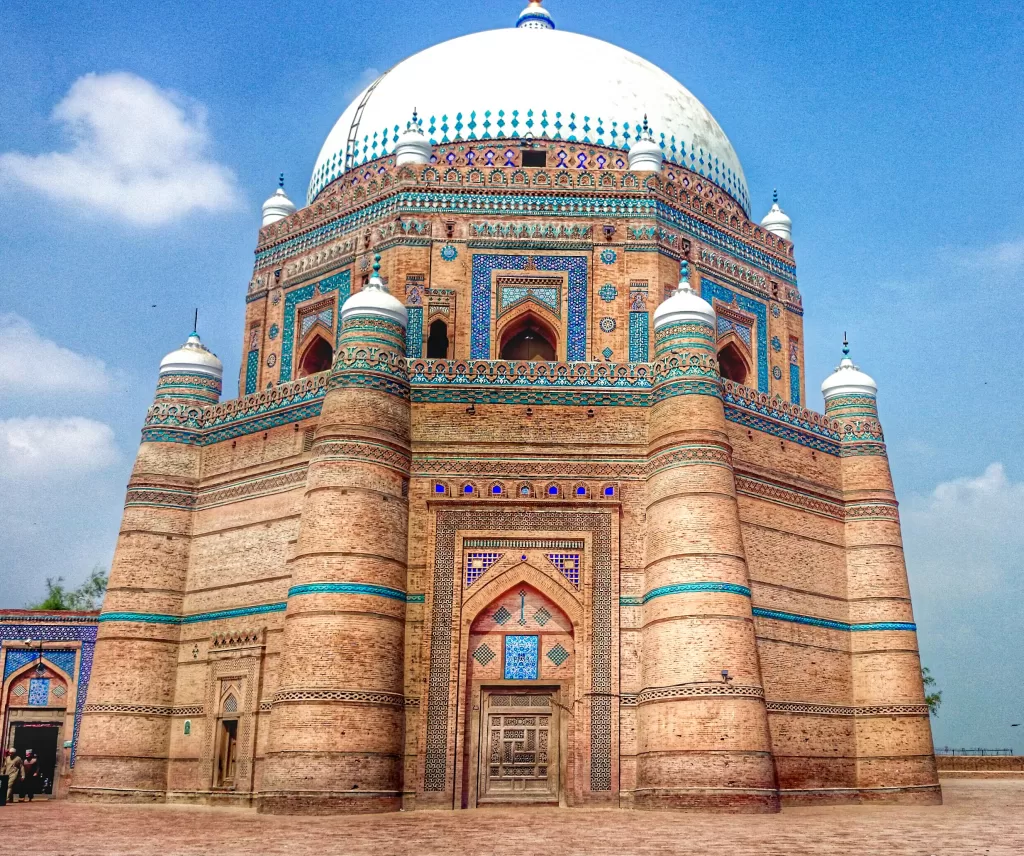

The Tomb of Hazrat Shah Rukn-e-Alam in Multan stands as a majestic monument, deeply intertwined with the rich history and culture of Pakistan. This sacred shrine holds not only religious significance but also boasts remarkable architectural beauty. We will delve into the life of Hazrat Shah Rukn-e-Alam, the history of his tomb, its architectural grandeur, religious and cultural importance, preservation efforts, and its impact on tourism.
Hazrat Shah Rukn-e-Alam, whose real name was Ali bin Usman Al-Hajveri, was a renowned Sufi saint born in 1177 CE in the city of Multan. He belonged to the Sufi order of Qadiriyya and became a prominent spiritual figure, known for his piety, wisdom, and teachings of love and compassion.
The construction of the tomb began in 1320 CE, shortly after the death of Hazrat Shah Rukn-e-Alam. The rulers of that time, recognizing his spiritual eminence, commissioned the construction of this mausoleum to honor the great Sufi saint. The tomb took several years to complete, and its architecture was influenced by various Islamic styles.


The Tomb of Hazrat Shah Rukn-e-Alam stands as a masterpiece of architectural brilliance. Its unique features include a large dome, towering minarets, and intricately designed portals. The craftsmanship and detailing on the exterior and interior of the tomb are awe-inspiring.
The walls of the tomb are adorned with exquisite tile work, marble inlays, and calligraphic inscriptions from the Quran and Sufi poetry. The delicate frescoes and colorful motifs add to the splendor of the structure, showcasing the artistic talents of the craftsmen of that era.
The tomb holds immense religious importance for Sufi Muslims who visit to pay their respects and seek blessings. It is believed that the shrine has the power to grant wishes and heal the sick, attracting thousands of devotees each year.
The annual Urs festival is a significant event held at the tomb, commemorating the death anniversary of Hazrat Shah Rukn-e-Alam. During this vibrant festival, people from different parts of the world come together to celebrate the life and teachings of the revered saint.
Over the centuries, the tomb faced challenges due to natural wear and human-made damage. However, various preservation and restoration efforts have been undertaken by the government and concerned organizations to safeguard this historical treasure.
The city of Multan, also known as the City of Saints, is a hub of religious and cultural heritage. Besides the Tomb of Hazrat Shah Rukn-e-Alam, Multan boasts other historic sites, bazaars, and architectural wonders that attract tourists and history enthusiasts.
The Tomb of Hazrat Shah Rukn-e-Alam is a major attraction for both local and international tourists. Its architectural significance, spiritual aura, and the annual Urs festival contribute significantly to the tourism industry in Multan and Pakistan as a whole.

The Tomb of Hazrat Shah Rukn-e-Alam in Multan stands tall as a symbol of spirituality, history, and architectural brilliance. Its mesmerizing beauty and religious significance attract countless devotees and tourists alike. Preserving this precious heritage not only pays homage to the great Sufi saint but also enriches the cultural fabric of Pakistan.